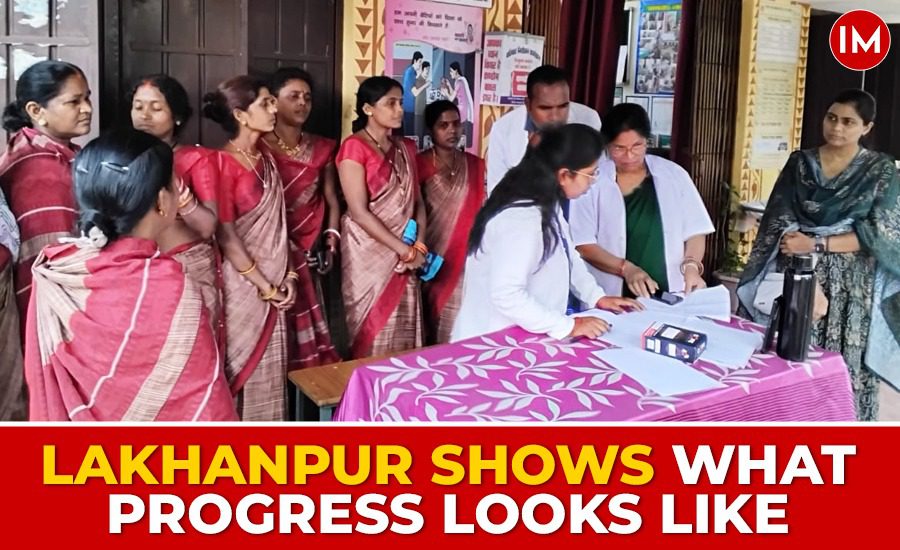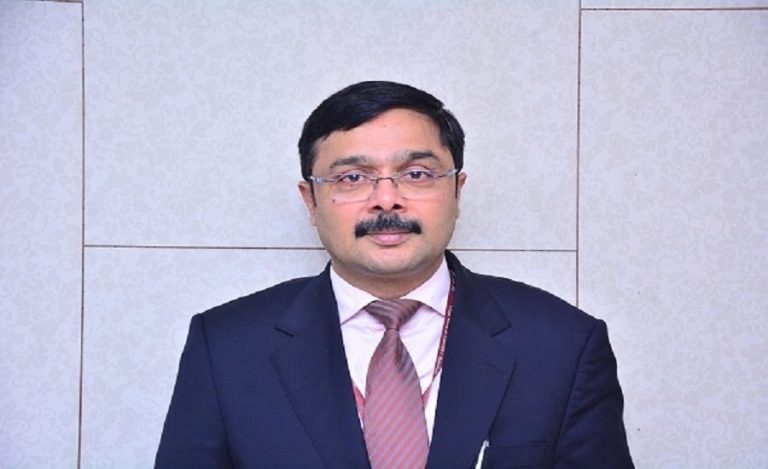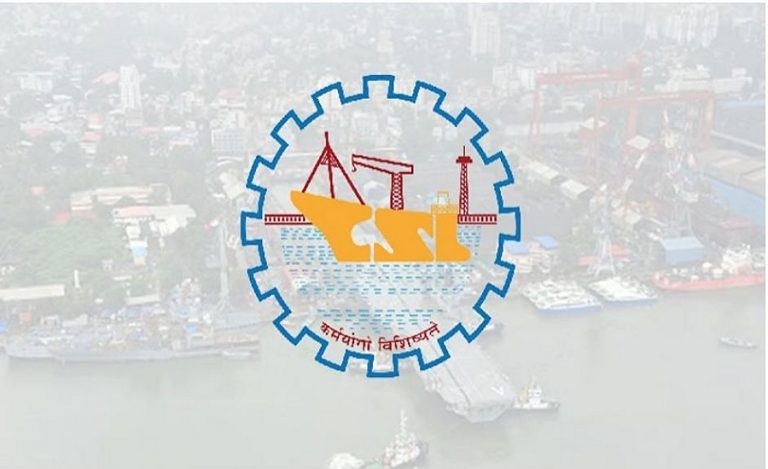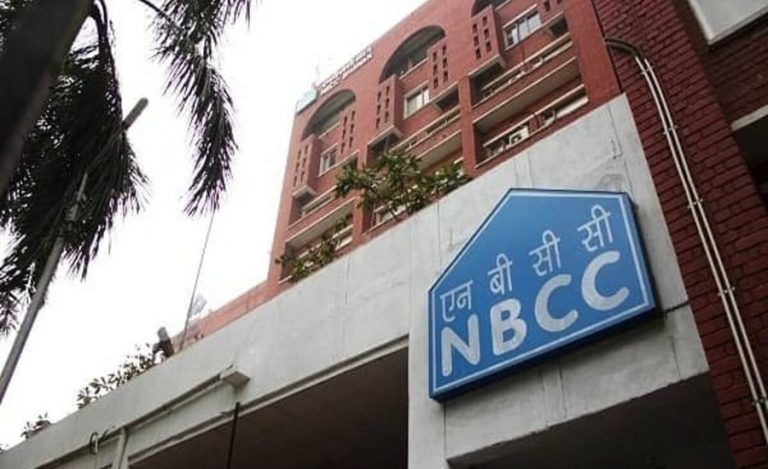It started as a dot on the development map; now, it’s leading the way.
Lakhanpur block in Surguja district, tucked away in northern Chhattisgarh, was once just another rural name in government records. But over the past year, it has turned into an unexpected success story, quietly outpacing expectations and clinching a ₹1 crore reward from NITI Aayog under the Aspirational Blocks Programme (ABP).
In places where progress often inches forward, Lakhanpur has picked up speed, and it’s not slowing down.
100% ANTENATAL REGISTRATION IN THE FIRST TRIMESTER
In a block where healthcare access was once a challenge, every pregnant woman is now registered for Antenatal Care (ANC) in her first trimester. This early detection and consistent monitoring ensure that pregnancy is no longer a risk borne in silence. Health workers on the ground now start tracking and supporting expecting mothers from the very beginning, building trust and enabling interventions when it matters most.
What was once an ignored checkbox in remote registers has become the norm. A routine. A quiet assurance that no woman will go unnoticed.
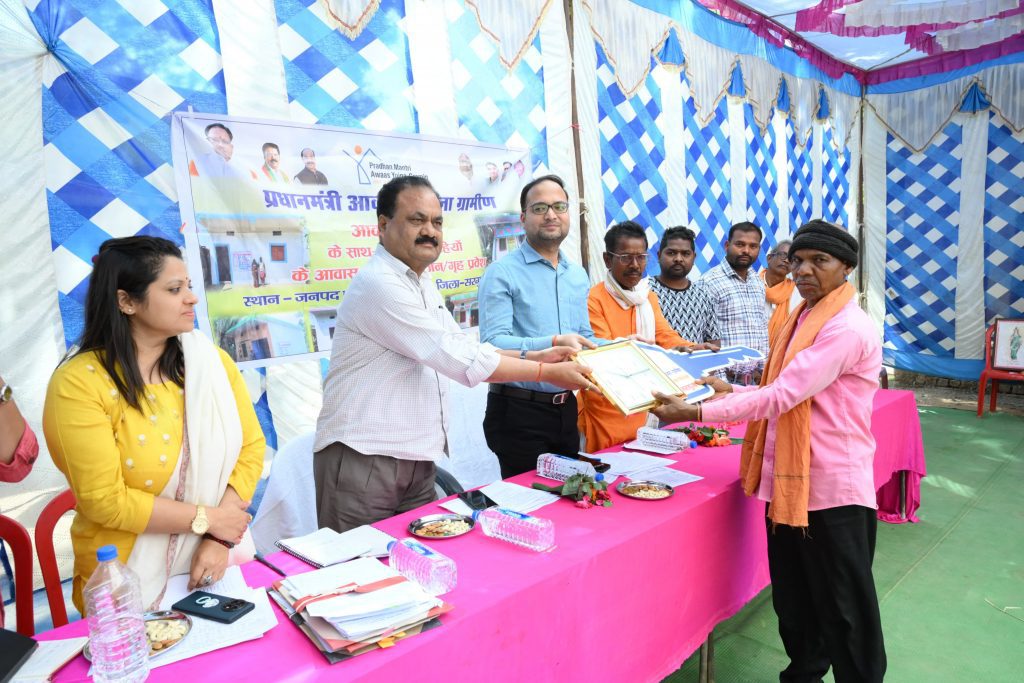
FROM HOME BIRTHS TO HOSPITAL CARE
Until recently, many women in Lakhanpur still gave birth at home, far from medical assistance. But things have changed. Today, 100% of recorded deliveries in the block happen in healthcare institutions.
Behind this shift are not just awareness campaigns, but also a better referral system, upgraded primary health centres, and frontline workers who’ve taken it upon themselves to walk families through the process. For the first time, both mother and newborn can count on care that begins at birth, and sometimes before.
A CLEAN 100% TREATMENT SUCCESS RATE
Lakhanpur’s fight against tuberculosis is no less impressive. What hovered around 98% success in December 2023 became a full 100% TB treatment success rate by March 2025.
This wasn’t achieved through high-tech clinics or expensive outreach. It was the result of rigorous tracking, timely medicine delivery, and community health volunteers ensuring no patient dropped off the radar. No missed doses, no lost follow-ups. Just a consistent, patient-focused effort that brought the disease under control.
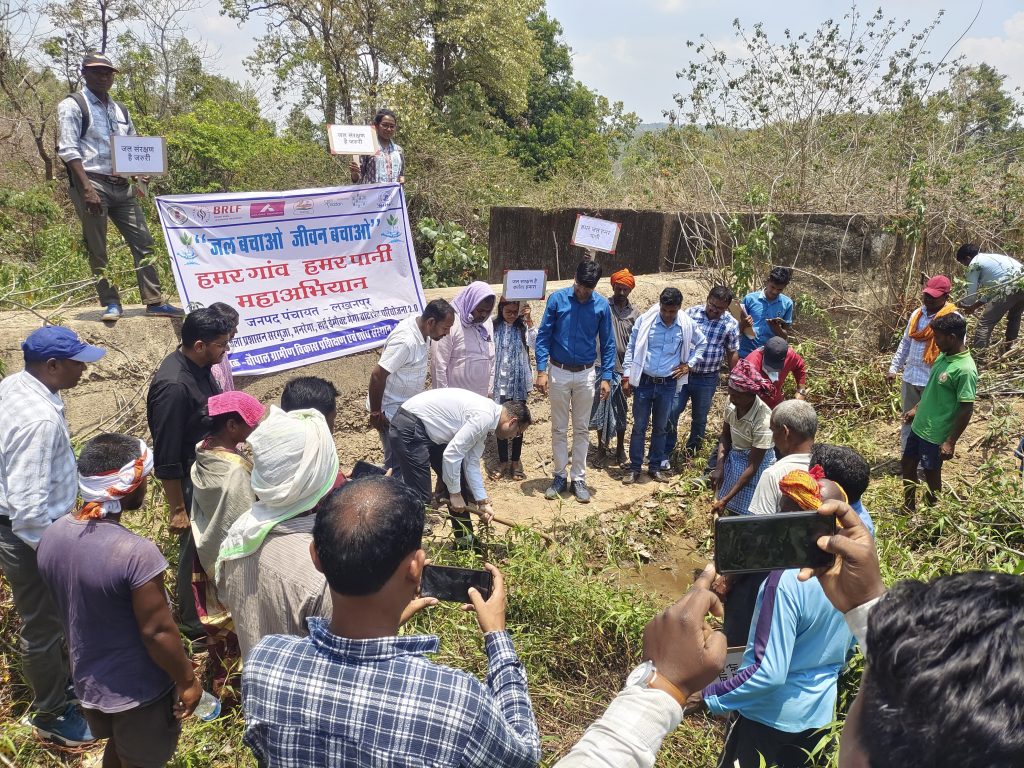
THE FARMERS’ TURN
Lakhanpur isn’t just improving health; it’s growing its fields better too. Three out of five Key Performance Indicators in agriculture and water resources have reached saturation. What does that mean?
It means more farmers now have access to irrigation. More are receiving timely inputs like seeds and fertilizers. And more are part of training programs that teach techniques tuned to local soil and weather.
In a region heavily dependent on farming, this kind of support isn’t just useful; it changes livelihoods.
A COLLECTIVE PUSH WITH LASTING IMPACT
The progress in Lakhanpur didn’t happen overnight, and it didn’t come from the top down alone. Behind the block’s success is a network of healthcare workers, block-level officers, farmers’ groups, and women’s collectives, all working in sync.
District officials, including Surguja’s District Magistrate Vilas Bhoskar, have provided steady oversight without grabbing the spotlight, allowing local teams the space to innovate and deliver. It’s a development model that thrives not on individual heroism, but on coordinated, everyday action.
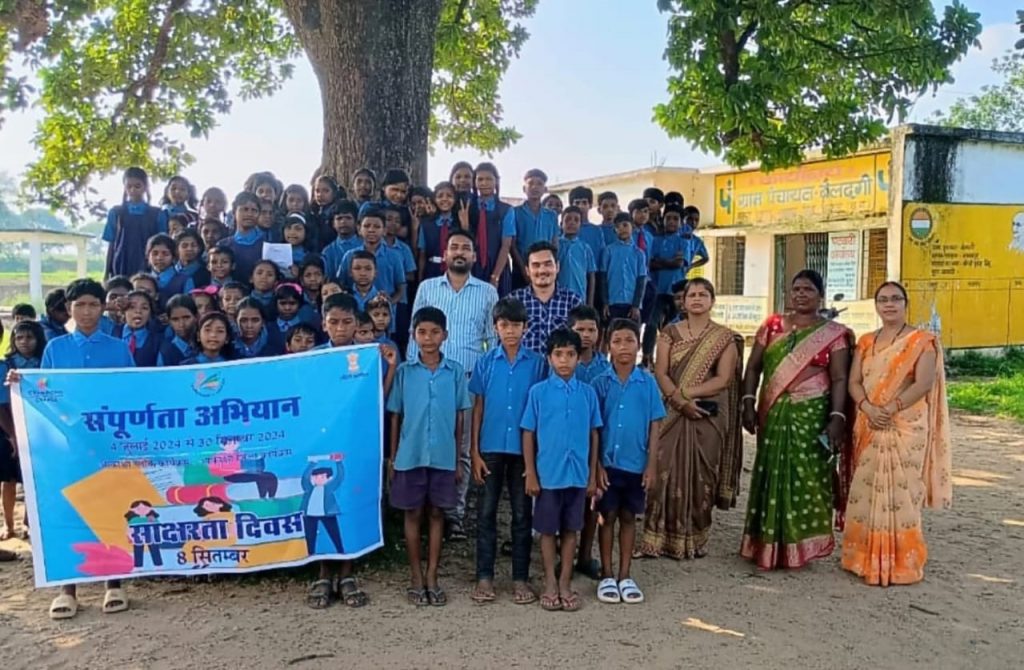
BEYOND AWARDS, TOWARD A MODEL FOR OTHERS
The ₹1 crore reward from NITI Aayog was a recognition, but Lakhanpur didn’t stop there. The block continues to improve across sectors, showing that small geographies, when given the right attention and autonomy, can move faster than expected.
In a country as large and diverse as India, big change often begins in the small corners. Lakhanpur is one such corner. And Surguja is showing what’s possible when change is steady, grounded, and shared.

